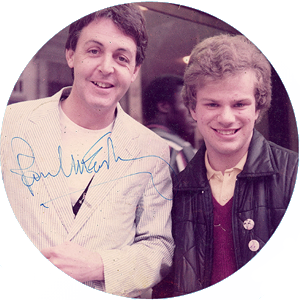This website uses cookies so that we can provide you with the best user experience possible. Cookie information is stored in your browser and performs functions such as recognising you when you return to our website and helping our team to understand which sections of the website you find most interesting and useful.
When the photographer Robert Freeman died in November last year, at the age of 82, he left behind a substantial, albeit disorderly, archive. But within weeks, his life’s work had gone missing – stolen from the sheltered accommodation in south-west London where he spent his final years. ‘Bob kept everything,’ recalls Monica Godwin, executor of the Freeman estate. ‘He was such an artist that he didn’t want to let go of any of his babies.’ His fastidiousness did not, however, extend to keeping his records in manageable order. His archive was housed in a haphazard arrangement of boxes that filled an entire room of his home; the closest thing to a catalogue was stored on a CD-ROM, which has disappeared along with the rest of the collection.
The archive stretched back to Freeman’s work in the early 1960s for the Sunday Times, where he made his name shooting portraits – from Soviet premier Nikita Khrushchev to jazz greats such as Dizzy Gillespie and John Coltrane. His moody monochrome shots of the saxophonist – bebop was rather more to Freeman’s musical taste than pop music – subsequently brought him to the attention of Brian Epstein, manager of a Liverpudlian four-piece who were at that time storming the ‘hit parade’. In short order, Freeman became the Beatles’ most trusted photographer; he travelled with them on tour, discussing music and sharing a room with John Lennon, and was the go-to man for their album-cover portraits.


